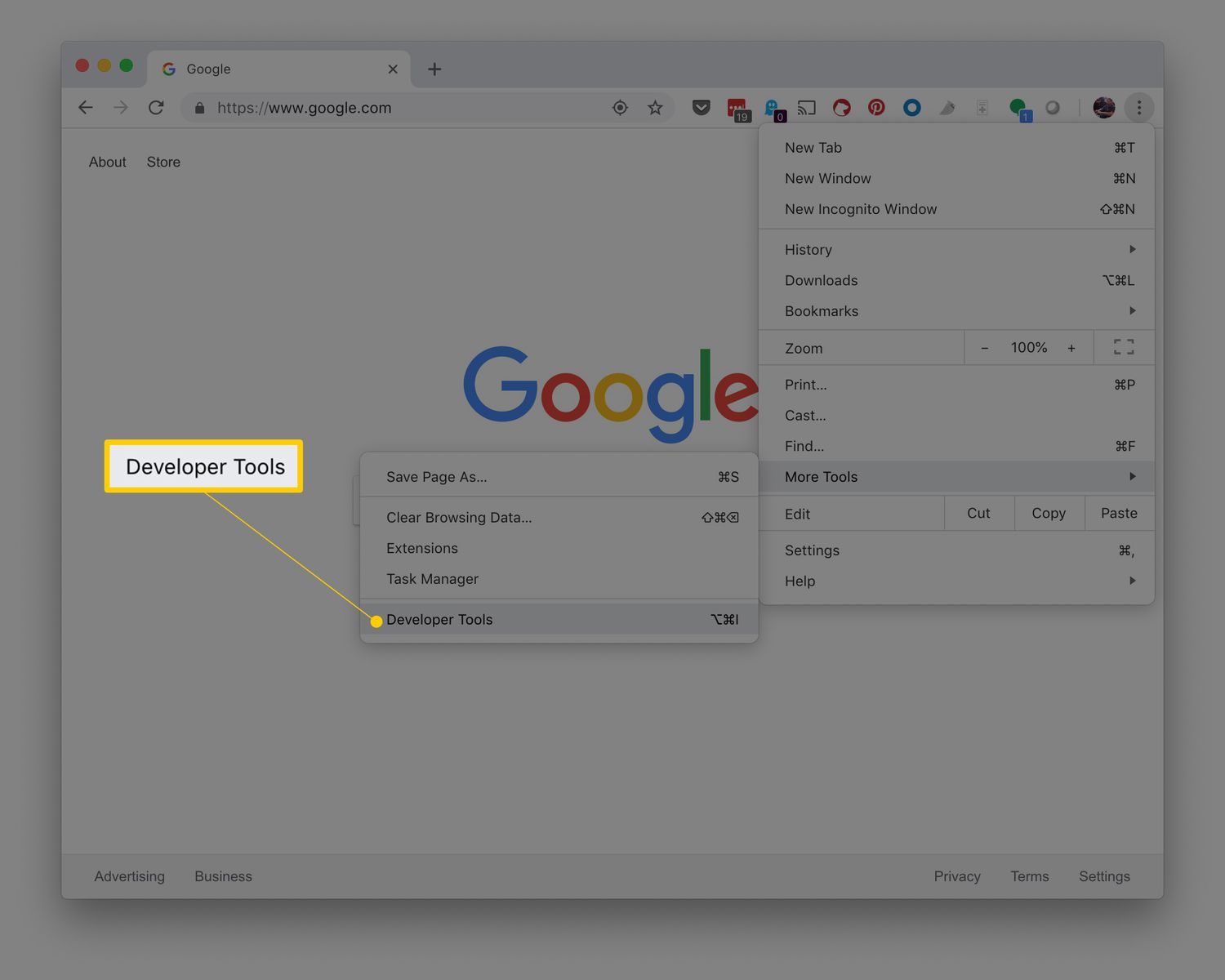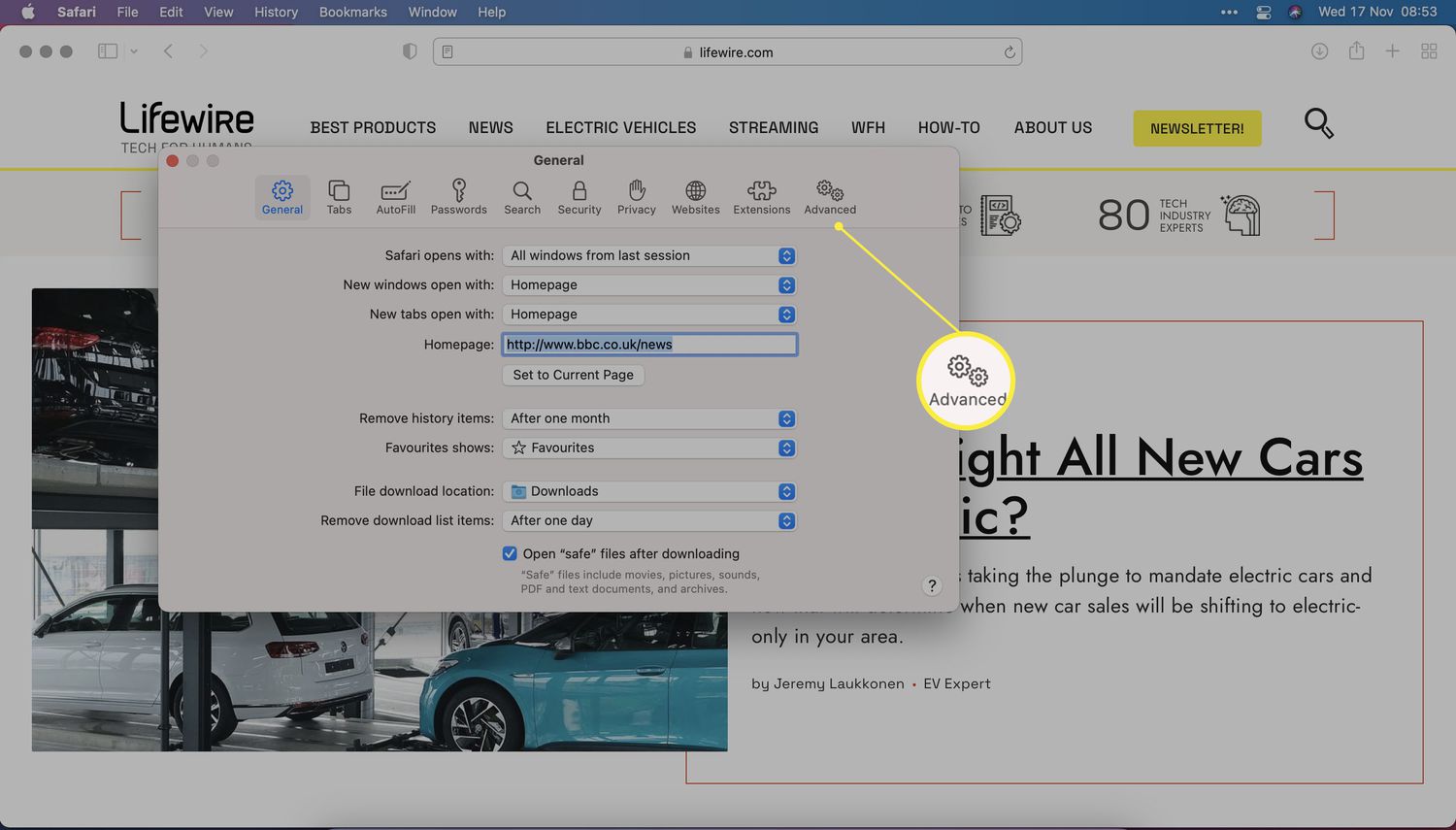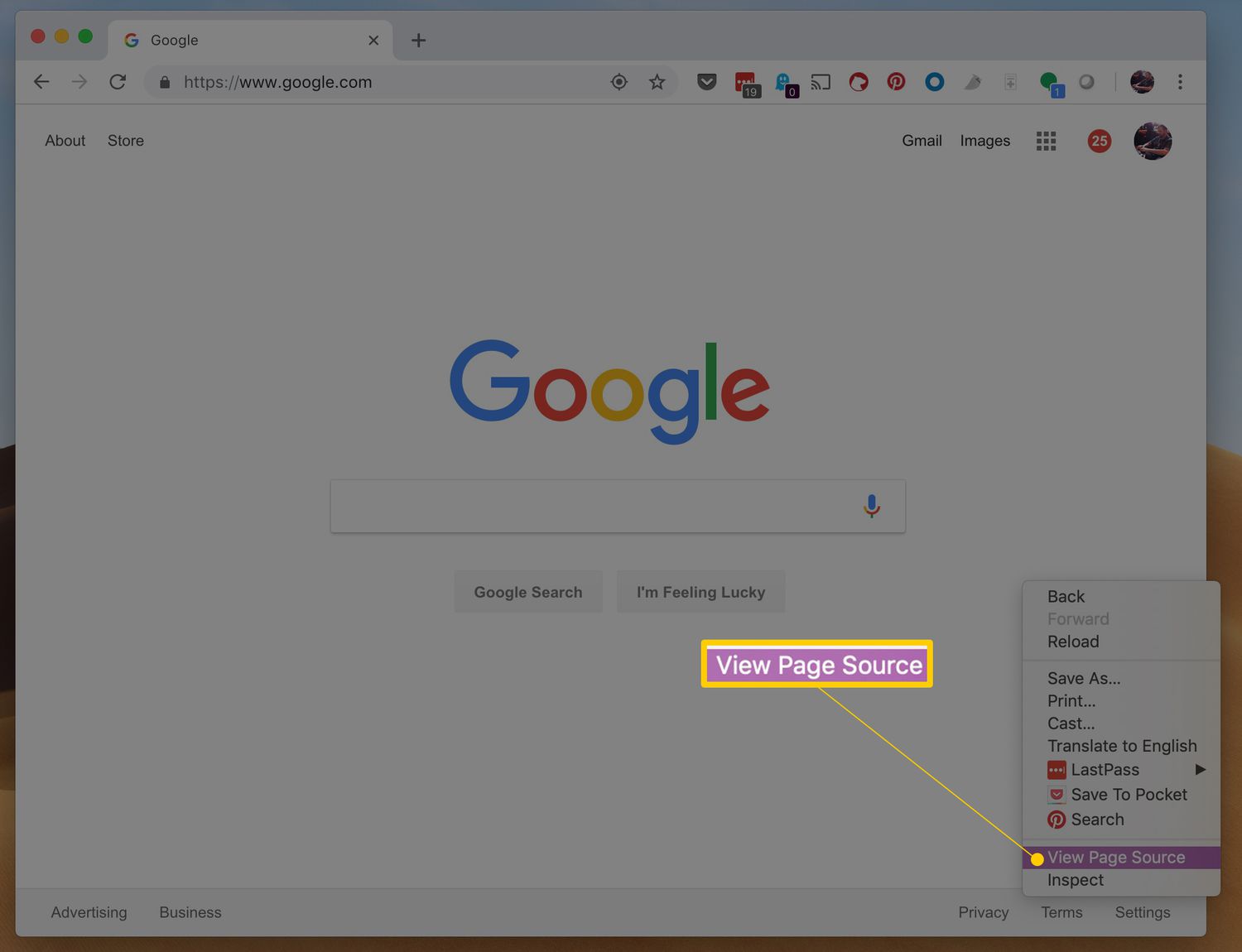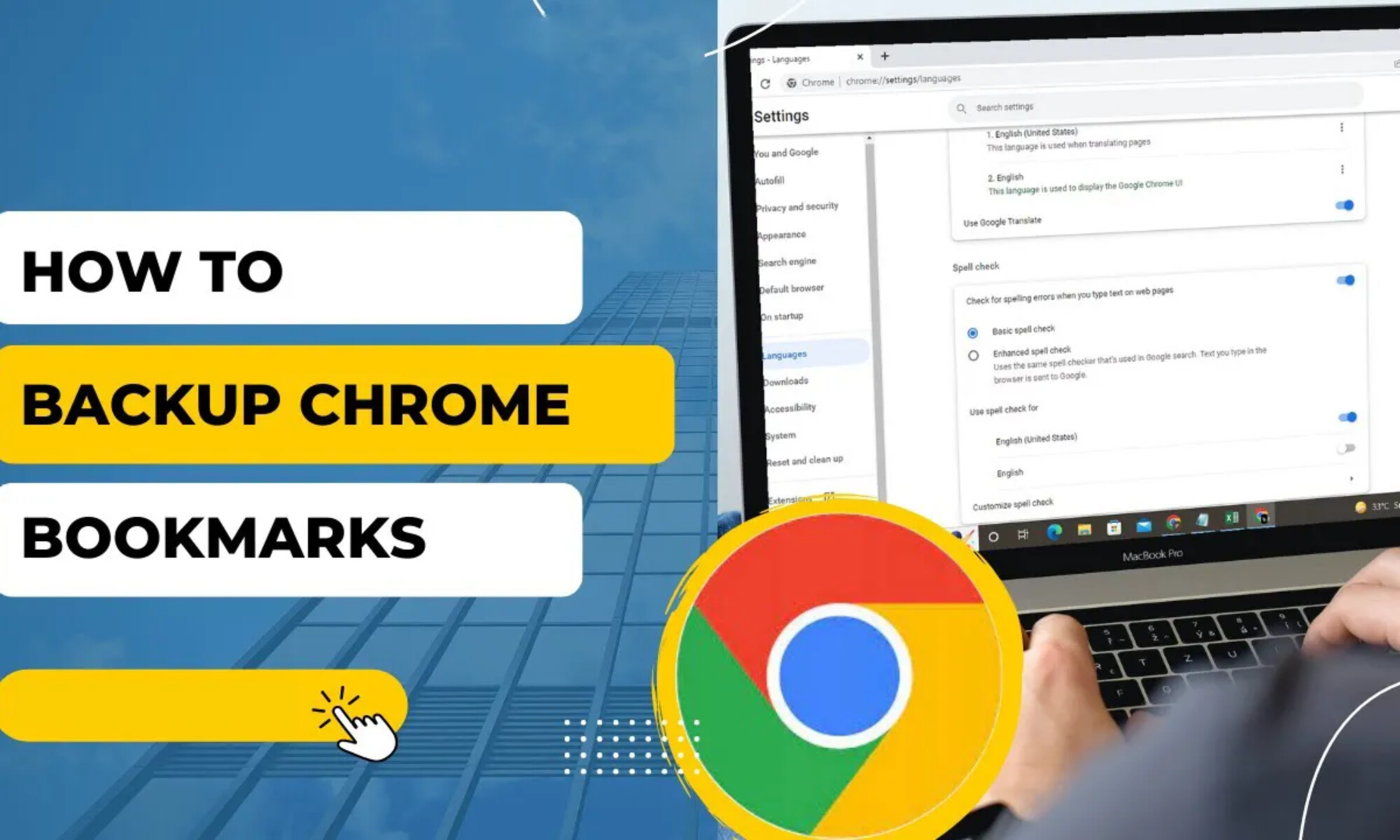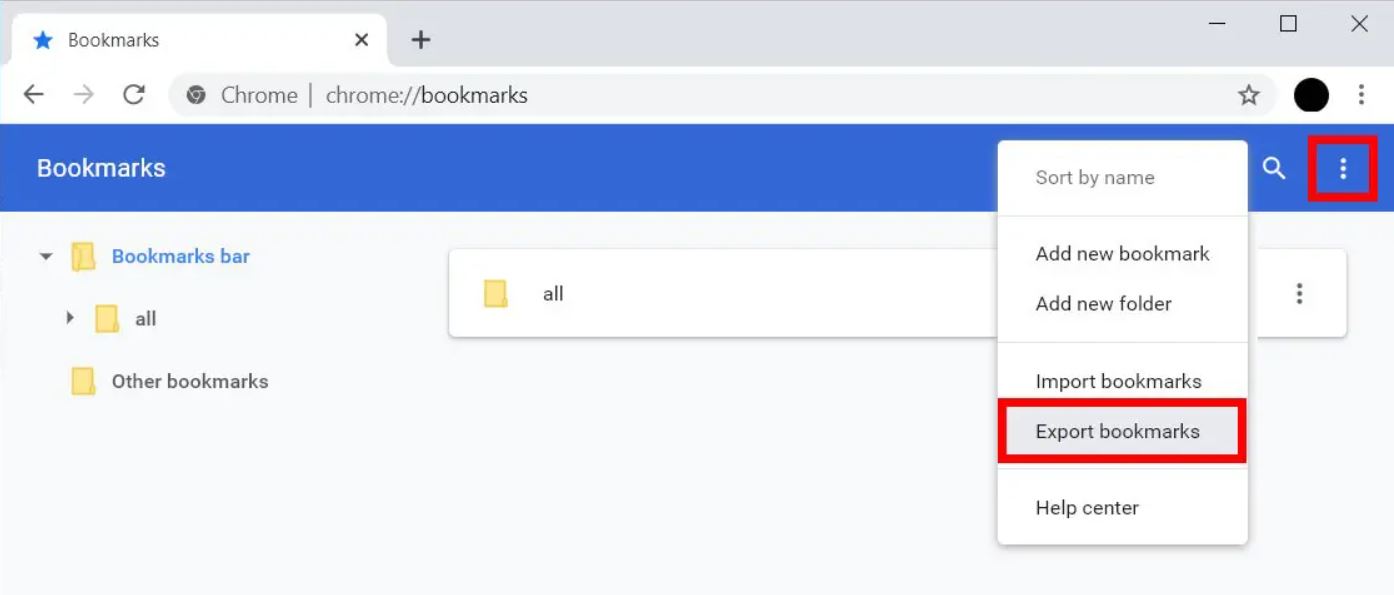Introduction
Editing HTML files in Chrome can be a game-changer for web developers, designers, and anyone who wants to tweak the appearance or functionality of a web page. With the right tools and a bit of know-how, you can make quick and effective changes to HTML code directly within the browser. This process not only saves time but also provides a convenient way to experiment with different design elements and see the results in real-time.
In this guide, we will explore the step-by-step process of editing an HTML file in Chrome. Whether you're a seasoned developer or just starting out, this method offers a user-friendly approach to modifying web content without the need for complex software or extensive coding knowledge. By the end of this tutorial, you'll be equipped with the skills to confidently make alterations to HTML files and witness the immediate impact on the web page's layout and functionality.
So, grab your creative hat and get ready to dive into the world of HTML editing in Chrome. Whether you're fixing a small glitch, customizing a template, or simply satisfying your curiosity, this hands-on approach will empower you to interact with web content in a whole new way. Let's embark on this exciting journey and uncover the possibilities that await when you harness the power of Chrome to edit HTML files.
Step 1: Open the HTML file in Chrome
To begin the process of editing an HTML file in Chrome, you first need to open the file within the browser. This step sets the stage for making direct modifications to the HTML code, allowing you to view the changes in real-time. Here's how to accomplish this:
-
Locate the HTML File: The HTML file you intend to edit should be stored on your local computer. Navigate to the file using the file explorer or desktop, and ensure that you know its exact location.
-
Drag and Drop: An effortless way to open the HTML file in Chrome is by using the drag-and-drop method. Simply open a new Chrome browser window and drag the HTML file from its location on your computer into the browser window. This action will automatically load the HTML file in the Chrome browser, displaying its content as a web page.
-
Use the File Menu: Alternatively, you can open the HTML file in Chrome by using the browser's file menu. Click on the three-dot menu icon in the top-right corner of the Chrome window, then select "Open File" from the dropdown menu. This will prompt a file explorer window where you can navigate to and select the HTML file you wish to edit. Upon selection, the HTML file will open in a new tab within the Chrome browser.
Once the HTML file is successfully opened in Chrome, you are now ready to proceed with inspecting and modifying the code to achieve the desired changes. This seamless process of opening local HTML files in Chrome provides a convenient and immediate way to interact with web content, setting the stage for a hands-on editing experience.
Step 2: Right-click and select "Inspect"
Once the HTML file is open in the Chrome browser, the next step involves accessing the developer tools to inspect and modify the HTML code. This can be achieved by right-clicking on the specific element of the web page that you want to inspect or by using the keyboard shortcut "Ctrl+Shift+I" (Windows/Linux) or "Cmd+Option+I" (Mac). Upon doing so, a panel will appear at the bottom or right-hand side of the browser window, displaying the HTML and CSS code of the web page.
The "Inspect" option serves as a gateway to the underlying structure of the web page, allowing you to delve into the HTML code and make targeted adjustments. This feature provides a visual representation of the HTML elements, their attributes, and the associated CSS styles, offering a comprehensive view of the web page's building blocks.
Upon selecting "Inspect," the developer tools panel will reveal a split-screen interface, with the HTML code on the left and the corresponding CSS styles and layout information on the right. This intuitive layout enables you to seamlessly navigate through the HTML structure, identify specific elements, and modify their attributes in real-time.
Furthermore, the "Inspect" feature empowers you to interact with the web page dynamically. As you hover over different elements within the HTML code, the corresponding sections of the web page will be highlighted, providing a visual correlation between the code and its on-screen representation. This interactive feedback mechanism facilitates precise identification of the elements you wish to modify, streamlining the editing process and enhancing accuracy.
In addition to inspecting individual elements, the developer tools panel offers a range of functionalities to aid in HTML editing. You can modify the content of HTML elements, adjust attribute values, add new elements, or remove existing ones directly within the code. These modifications are instantly reflected in the web page, allowing you to observe the impact of your changes without the need to switch between different applications or windows.
The "Inspect" feature in Chrome serves as a versatile and user-friendly tool for editing HTML files, providing a seamless interface to manipulate web content with precision and agility. By leveraging this functionality, you can gain a deeper understanding of HTML structure, experiment with design variations, and fine-tune the appearance and behavior of web pages with ease.
Step 3: Make changes to the HTML code
With the HTML file open in Chrome and the developer tools panel activated, you are now poised to make direct modifications to the HTML code. This step empowers you to tailor the structure, content, and attributes of the web page, enabling you to achieve specific design objectives or functional enhancements. Here's a detailed exploration of the process of making changes to the HTML code within the developer tools interface:
Navigate and Identify Elements
The first aspect of editing the HTML code involves navigating through the structure of the web page to identify the specific elements you intend to modify. The developer tools panel provides a hierarchical view of the HTML elements, allowing you to expand and collapse individual sections to locate the target elements. As you hover over different segments of the HTML code, the corresponding sections of the web page will be highlighted, providing a visual correlation between the code and its on-screen representation. This interactive feedback mechanism facilitates precise identification of the elements you wish to modify, streamlining the editing process and enhancing accuracy.
Modify Content and Attributes
Once the target elements are identified, you can proceed to make changes to their content and attributes directly within the HTML code. By double-clicking on the text content or attribute values, you can enter edit mode and modify the existing information. This seamless editing capability allows you to update text, alter image sources, adjust hyperlink destinations, and manipulate various attributes to refine the appearance and functionality of the web page. Furthermore, you can add new HTML elements, such as paragraphs, headings, or lists, to introduce additional content or structural elements to the web page.
Real-time Feedback and Validation
As you make changes to the HTML code, the web page will dynamically reflect these modifications in real-time. This immediate feedback loop provides a visual representation of the impact of your edits, allowing you to assess the changes and ensure they align with your design objectives. Whether you are adjusting the layout, refining the styling, or enhancing the interactive elements, the real-time feedback mechanism empowers you to iteratively fine-tune the web page's appearance and functionality with precision and agility.
Experimentation and Iteration
The process of making changes to the HTML code within the developer tools interface encourages experimentation and iteration. You can explore different design variations, test alternative content arrangements, and refine the user interface elements without permanently altering the original HTML file. This flexibility enables you to assess multiple design options, compare visual outcomes, and iterate on the modifications until you achieve the desired result. By leveraging the dynamic editing capabilities offered by the developer tools, you can unleash your creativity and refine the web page's presentation with confidence and fluidity.
Save and Export Modifications
While the changes made within the developer tools interface are reflected in real-time on the web page, it's important to note that these modifications are temporary and exist only within the current browsing session. If you wish to preserve the edits for future reference or implementation, you can export the modified HTML code by right-clicking on the <html> element and selecting "Edit as HTML." This action opens a new tab displaying the modified HTML code, which can be copied and saved for further integration into the original HTML file.
By navigating, identifying, and modifying elements, leveraging real-time feedback, and embracing experimentation and iteration, you can effectively make changes to the HTML code within the developer tools interface. This hands-on approach empowers you to interact with web content dynamically, refine the visual presentation, and enhance the user experience with precision and creativity. As you immerse yourself in the process of HTML editing in Chrome, you'll discover the boundless possibilities for customizing and optimizing web pages to align with your design vision and functional requirements.
Step 4: Save the changes
After making the desired modifications to the HTML code within the developer tools interface, it's essential to ensure that the changes are preserved for future use or implementation. While the developer tools in Chrome provide a dynamic environment for editing HTML code in real-time, the alterations made within this interface are temporary and exist only within the current browsing session. Therefore, to retain the modifications and integrate them into the original HTML file, it's crucial to follow the appropriate steps to save the changes effectively.
Export Modified HTML Code
To save the changes made to the HTML code, you can export the modified content directly from the developer tools interface. By right-clicking on the <html> element within the Elements panel and selecting "Edit as HTML," a new tab will open, displaying the modified HTML code. This action allows you to access the updated code and facilitates the process of copying and saving it for future use.
Copy and Paste
Once the modified HTML code is displayed in the new tab, you can simply select the entire code or specific segments that have been edited, and then copy the content to the clipboard. This straightforward action enables you to capture the changes made to the HTML code, preparing it for pasting into the original HTML file or any other relevant documentation.
Integration into Original HTML File
Having copied the modified HTML code, you can seamlessly integrate it into the original HTML file using a text editor or integrated development environment (IDE). Open the original HTML file in the chosen editor, navigate to the section where the modifications are intended, and paste the updated code. By doing so, the changes made within the developer tools interface are effectively saved and incorporated into the original HTML file, ensuring that the edited content becomes a permanent part of the web page's codebase.
Version Control Considerations
For developers working within version control systems, such as Git, it's important to consider the implications of saving the changes made to the HTML code. Before integrating the modified code into the original file, it's advisable to follow best practices for version control, such as creating a new branch or committing the changes with descriptive messages. This approach ensures that the editing history is documented and that the modifications are managed within the context of the broader codebase.
By following these steps to save the changes made to the HTML code, you can effectively preserve the modifications and integrate them into the original file, ensuring that the edited content becomes a permanent part of the web page's codebase. This process empowers you to capture and retain the dynamic edits made within the developer tools interface, enabling seamless integration and version control considerations for a comprehensive approach to HTML code management.
Conclusion
In conclusion, the ability to edit HTML files directly within the Chrome browser opens up a world of possibilities for web developers, designers, and enthusiasts alike. This hands-on approach empowers individuals to interact with web content in a dynamic and intuitive manner, fostering creativity, experimentation, and precision in modifying the appearance and functionality of web pages.
By following the step-by-step process outlined in this guide, you have gained valuable insights into the seamless method of editing HTML files in Chrome. From opening the HTML file in the browser to leveraging the powerful developer tools for inspecting and modifying the code, you have experienced a user-friendly and agile approach to web content customization.
The process of making changes to the HTML code within the developer tools interface not only provides real-time feedback but also encourages experimentation and iteration. This iterative approach enables you to refine the visual presentation, enhance the user experience, and align the web page with your design vision and functional requirements.
Furthermore, the ability to save the changes effectively ensures that the dynamic edits made within the developer tools interface become a permanent part of the web page's codebase. Whether integrating the modified code into the original HTML file or considering version control implications, the process of preserving the modifications facilitates seamless integration and comprehensive HTML code management.
As you continue to explore the realm of HTML editing in Chrome, remember that this hands-on approach is not only about making immediate modifications but also about fostering a deeper understanding of web content structure and behavior. The dynamic interaction with HTML code empowers you to refine your skills, unleash your creativity, and elevate the quality of web experiences.
In essence, the journey of editing HTML files in Chrome is a testament to the power of user-friendly tools and intuitive interfaces, enabling individuals to shape and refine web content with agility and precision. Embrace this approach as a gateway to continuous learning, innovation, and the seamless realization of your design aspirations within the digital landscape.









